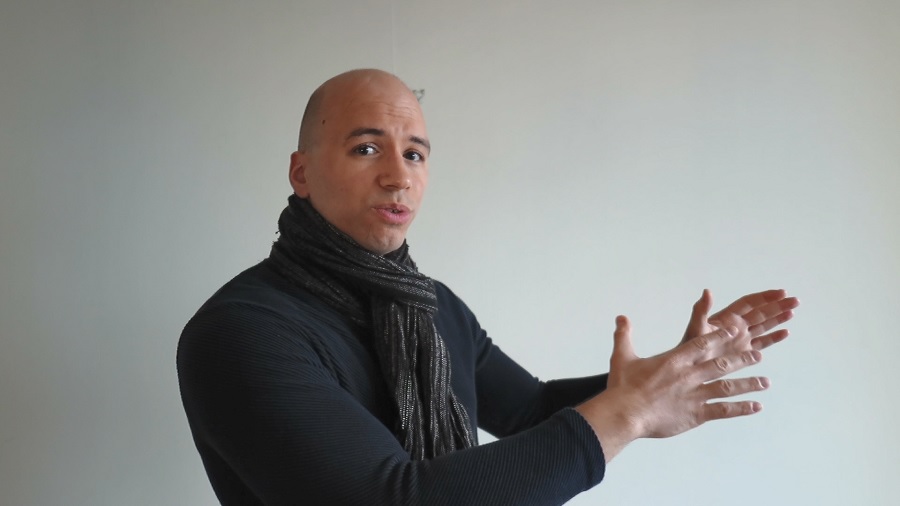There is a reason why surgery is becoming more popular among youngsters.
We are wired to assess our environment, to compare ourselves to the people around us.
Our brain collects data about our environment to e.g. assess if there is any danger and where we currently stand in the social hierarchy.
Our brain uses the people around us to collect data about, which is then used to compare oneself to them.
Back in the day, we were surrounded by our peers and family outside, at school, and at home.
At school, your brain mainly focuses on the kids who attended your school.
You may have been an “average” kid with average looks and income who was a participant in an environment that included 80% of kids who are just as average.
Not many were “above” you or “below” you in the social hierarchy.
Simply put: our peers used to be similar to us.
Our peers shared a similar physique meaning similar levels of strength, and similar clothes meaning similar levels of wealth.
There was no reason to think something is wrong with you.
This has drastically changed with the advent of social media.
A few decades ago we were only exposed to models and amazingly “beautiful” people in magazines and on television.
Now with social media, we are constantly exposed to “perfect” models.
Even if you’re still surrounded by peers similar to you, the level of exposure to people who look “so much better” than you has drastically increased.
You go home and you continue to scroll on Instagram, seeing not just people who appear to be happy, but people who appear to be beautiful, fit, wealthy, and happy.
No wonder kids nowadays think: How in the world is everyone so much better than me?
Your brain no longer sees your current environment as it starts to believe all of these people on social media are people who are actually around you in real life.
It starts to look at their (carefully crafted) lives and compares it to your own while noticing that these people are so much “better looking” than you.
Your brain will think that there are all these people who are much more successful than you, wealthier than you, and happier than you.
As a result, you feel your position is very low in the social hierarchy.
No wonder why teens and tweens start to emphasize their online persona way more than their offline (real) version of themselves.
The more you focus on posting carefully crafted photos with carefully selected filters and effects, the more you tend to believe that person is the “real you”.
There can be a moment when you look in the mirror, you refuse to accept that person you see.
You won’t like that person anymore.
This can lead to BDD: Body Dysmorphic Disorder.
You are not happy with the “flaws” and imperfections you see, and you think that you need to get rid of them in order to be happy. In order to belong. In order to be successful.
There is a reason why the term Snapchat dysmorphia exists.
More tweens request cosmetic procedures to look better on social media.
They want to belong. To fit in. They want to keep up with the standards of Instagram and Snapchat.
That’s why it’s important to have a purpose and be intentional when you go on such platforms.
Don’t lose yourself in the bottomless social media vortex.
It is up to you to decide whether you want to change anything physical about yourself but don’t expect that being the key to true happiness and success.

